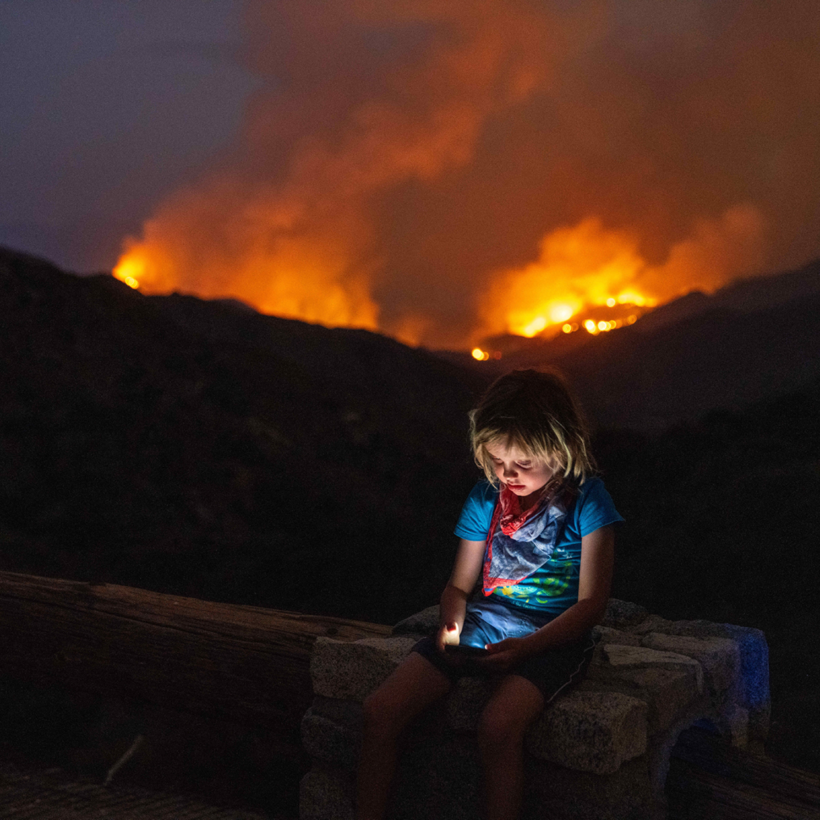The coronavirus hit America just as I started writing Fire and Flood, a decade-by-decade history of climate change. While writing, I realized that the difficulty in stopping the virus had disturbing parallels with the difficulty in stopping climate change. Once an issue becomes politicized, facts and information no longer matter—only the messenger does.
Deniers of both the coronavirus and of climate change skew overwhelmingly Republican. A recent Gallup poll found that only 18 percent of Republicans thought that climate change would affect them in their lifetime, while 67 percent of Democrats did. With coronavirus, the partisan divide is similarly extreme. A Pew Research Center poll from January found that 65 percent of Republicans believed that the pandemic had been made into a bigger deal than it really was, while only 16 percent of Democrats thought so.
Climate change didn’t become a partisan issue until the late 1990s, several years after it became a mainstream topic. With the coronavirus, Donald Trump instantly politicized the virus because he saw that the disease could make him look bad. He did everything in his power to downplay its severity, hide the death toll, and shift the blame for its spread away from himself. These efforts to deny the reality of the pandemic were so successful that some of his supporters insisted the disease wasn’t real even as they were dying of it.
While our response to the coronavirus offers a sobering lesson for climate-change activists about the ways people can deny an immediate, visible threat, climate change itself is a lesson in how long ignorance and denial can persist.
Trump’s efforts to deny the reality of the pandemic were so successful that some of his supporters insisted the disease wasn’t real even as they were dying of it.
Since climate change became a mainstream issue, nearly 150 million Americans have been born. These “climate babies” have lived their entire lives with the noticeable impact of global warming, such as the record-breaking heat of the last three decades. Younger generations have been immersed in news about climate change and endured constant reminders of its negative impacts, from extreme droughts and fires to rain, among other weather anomalies.
There has been a continuous drumbeat in the news about the impact of greenhouse-gas emissions on the environment. So we would expect that the public knows that fossil fuels are the major driver of global warming. Yet, in a December 2019 poll conducted by The Washington Post and Kaiser Family Foundation, 43 percent of Americans cited—wait for it—plastic bottles and bags as the “major” contributor to global warming.
Given the passion and durability of climate-change deniers, what will galvanize Americans to stop climate change? My guess is the rapidly mounting costs, which will fall on people in at-risk areas, whether they believe in climate change or not.
The insurance giant Aon estimates the global costs of weather-related disasters between 2010 and 2019 were nearly $3 trillion, more than 50 percent higher than in the previous decade. Insurers are pulling out of those areas and dramatically raising rates in the places they can’t. Unfortunately, by the time the costs incite action, it will likely be too late.

Eugene Linden has written about climate change since 1988 and is the author of several books. His latest, Fire and Flood: A People’s History of Climate Change, from 1979 to the Present, is out now from Penguin Press

